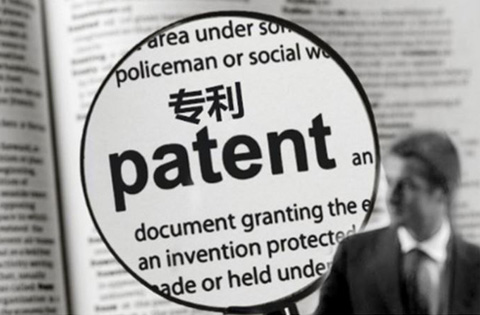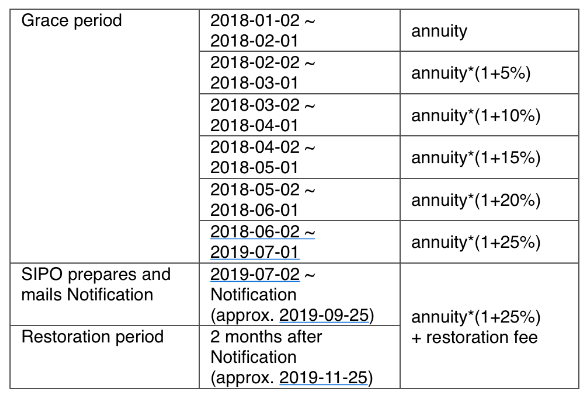Did not receive verification mail? Please confirm whether the mailbox is correct or not Re send mail

Vapor
- 2019-07-25 16:10:13
‘Leeway Period’ in Abandoning Chinese Patents

In the past, when an in-house patent attorney came through a protracted battle “bargaining” with the patent examiner and finally got a patent granted, he would feel relieved as the remaining task became easy, just attending the annuity fee in time.
However, nowadays, “cost reduction” plays a critical role in running business, so, from time to time, you might receive instructions from company high ups requesting you to reduce patent expense. If that happens, cutting back on the “old inventory patents,” those granted 10 years ago and currently eating up a significant part of your budget, seems a sensible choice, at least better than reducing new filings, which aim to protect your latest products and technologies.
The challenging part of patent pruning is patent evaluation. What if you stopped paying annuity for a portion of your patent portfolio but later found out that one of them should not be abandoned, as it turned out to be a “killer” against knock-offs of one of your products?
The good news is, a patent does not die immediately after the patentee stops paying annuity. For example, in China, patent annuity should be paid once a year before the date corresponding to the filing date. However, even without paying in time, the patent is still good for the next 6 months. During that period, the patentee just needs to pay the annuity along with some surcharge to save the patent.
After that, specifically two months after the 6 months “grace period,” SIPO will issue a Notification of Termination of Patent Right warning the patentee about the impending termination. This is the last chance to save the patent. The saving-effort, including request for restoration and fee payment, should be done within 2 months from the receipt of the Notification. Otherwise, if the patentee ignores the Notification, the patent finally becomes dead as a doornail.
Suppose, a patent was file on Jan 1st, 2011, granted in 2016, and the due date for the 8th annuity was Jan 1st, 2018. The patentee had decided and taken the action not to pay the 8th annuity. However, after the due date, the patent did not become really dead and the patentee had the opportunity to revive the patent just by paying the annuity and some surcharge by July 1st, 2018. If the patentee further missed the July 1st deadline, about two month after that, SIPO will issue the Notification of Termination of Patent Right, and at this point, the patentee still has another two months to restore the patent right (by paying annuity, surcharge, and restoration fee). The timeline and fees are shown in the below table.

*Assume none of the dates in the above table falls into weekend or public holiday; otherwise, it should be postponed to the next non-weekend work day.
So, you have 10+ months to revive a Chinese patent. You can use this "leeway period" to save a patent that should not be abandoned, or maybe even better, you can take the opportunity to do some monetization, trying to assign some of these patents to companies that are in need of them. That way, you can turn the IP department into a profit center. Wouldn’t that be wonderful?
Source:linkedin.com
Author:Wei GAO
Editor:Vapor
- I also said the two sentence
- Also you can enter 140words






